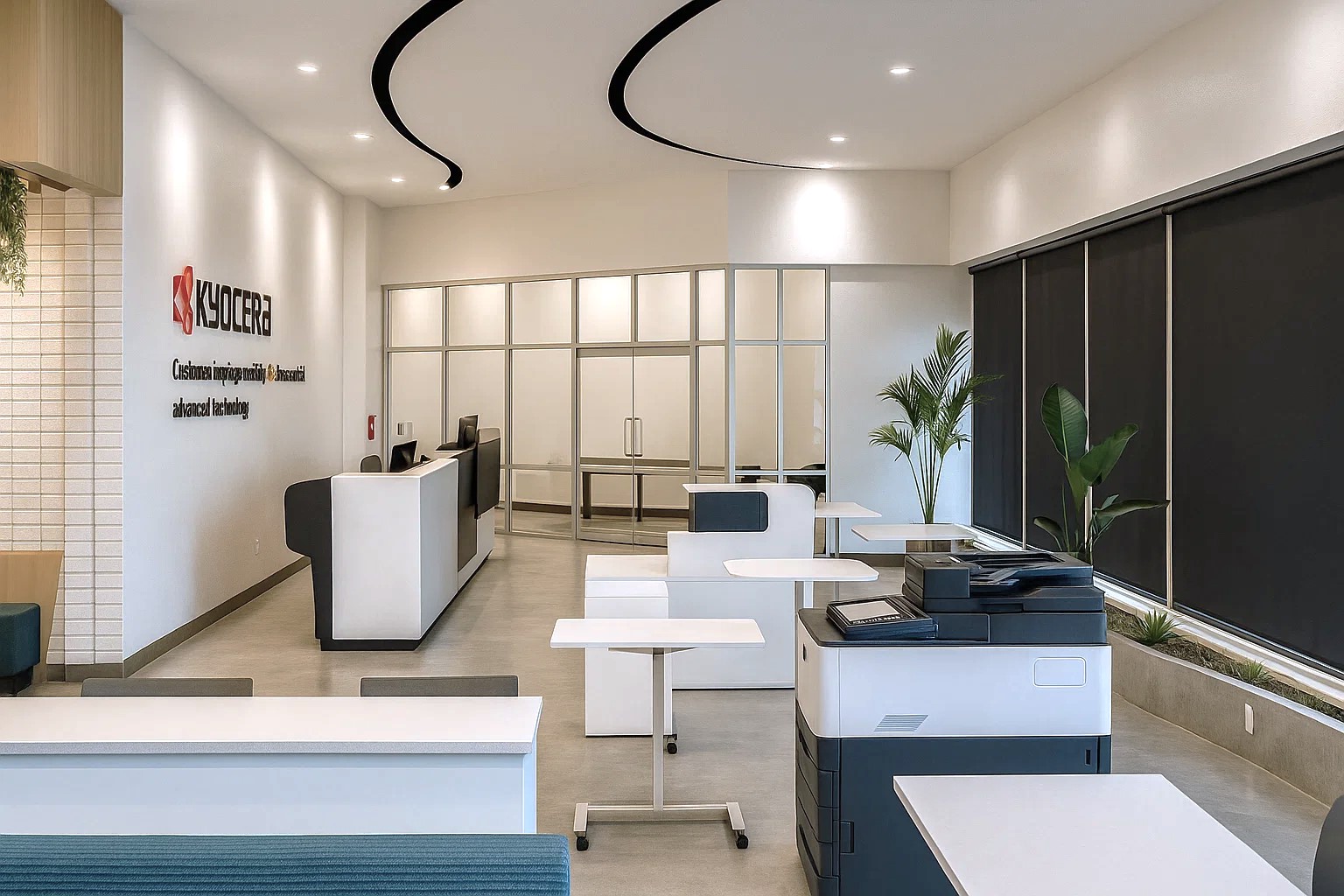The modern workplace has evolved far beyond sterile cubicles and fluorescent lighting. Today’s most successful office interior design embraces the transformative power of plant integration, creating environments where employees thrive and businesses flourish. Research consistently demonstrates that incorporating plants into commercial interior design strategies delivers measurable improvements in productivity, air quality, and employee satisfaction while establishing a sophisticated aesthetic that impresses clients and attracts top talent.
Enhanced Employee Productivity and Performance
Office plant integration creates dramatic improvements in workplace productivity. Studies from the University of Exeter reveal that employees demonstrate up to 15% higher productivity in spaces that incorporate strategic plant placement compared to traditional office design layout approaches. This productivity boost stems from plants’ ability to reduce mental fatigue, increase focus, and provide visual stimulation that breaks the monotony of conventional office furniture design.
Plants also enhance cognitive function by improving air quality through natural filtration processes. Snake plants, pothos, and peace lilies excel at removing toxins like formaldehyde and benzene commonly found in office environments, creating cleaner air that supports better concentration and decision-making abilities. Canadian office furniture selections paired with strategic plant integration create optimal conditions for sustained mental performance throughout the workday.
Stress Reduction and Mental Wellness
The psychological benefits of office plant integration extend far beyond aesthetics. Biophilic design principles demonstrate that exposure to natural elements significantly reduces workplace stress levels. Employees working in plant-enhanced commercial interior design environments report up to 37% reduction in anxiety, 44% decrease in workplace hostility, and 40% reduction in chronic fatigue.
These wellness improvements translate directly into business benefits through reduced absenteeism and higher employee retention. The calming presence of greenery helps create psychological restoration spaces within demanding work environments, allowing employees to maintain better emotional balance and resilience throughout challenging projects and deadlines.
Superior Air Quality and Health Benefits
Office plant integration delivers tangible health improvements through natural air purification processes. Modern office environments often contain pollutant levels up to ten times higher than outdoor air due to synthetic materials in office furniture design, cleaning chemicals, and electronic equipment. Strategic plant placement effectively filters these harmful substances while increasing oxygen levels and stabilizing humidity.
Popular air-purifying plants like rubber trees, spider plants, and ferns not only enhance commercial interior design aesthetics but also reduce symptoms associated with sick building syndrome, including headaches, eye irritation, and respiratory issues. These health improvements contribute to reduced sick days and enhanced overall employee wellness.
Establishing Visual Hierarchy with Strategic Placement
Successful office plant integration requires thoughtful consideration of visual impact and spatial flow. Large statement plants like fiddle-leaf figs or rubber trees serve as anchor points in reception areas and open collaboration zones, creating impressive focal points that enhance corporate interior design while demonstrating environmental commitment to visitors and clients.
Mid-sized plants positioned throughout the office design layout help define workspace zones without creating physical barriers that impede collaboration. Clustering plants of varying heights and textures near windows maximizes natural light benefits while creating dynamic visual interest that breaks up large open spaces common in modern Canadian office furniture arrangements.
Maximizing Space Efficiency Through Vertical Integration
Contemporary office interior design increasingly embraces vertical plant displays to maximize greenery benefits without sacrificing valuable floor space. Living walls and moss walls create stunning visual impact while serving practical functions as natural sound absorbers and air purifiers. These installations work particularly well in high-traffic areas like lobbies and conference rooms where dramatic design statements enhance brand perception.
Hanging planters and elevated shelf displays allow for plant integration even in compact office design layout configurations. These solutions complement modular office furniture design approaches by maintaining flexibility while adding natural elements that soften angular workspace geometry.
Coordinating Plants with Existing Design Elements
Effective plant integration requires seamless coordination with existing office furniture design and corporate interior design themes. Selecting planters and containers that complement color schemes, material palettes, and architectural elements ensures cohesive visual flow throughout the workspace. Modern commercial interior design often features neutral tones that provide perfect backdrops for vibrant green foliage.
Consider texture contrast when placing plants near different office furniture design elements. Smooth ceramic planters pair beautifully with contemporary Canadian office furniture featuring clean lines, while natural wood containers complement warm-toned furnishings and traditional design approaches. This attention to design harmony elevates plant integration from simple decoration to sophisticated interior architecture.
Creating Functional Plant Zones
Divide office spaces into distinct plant zones that serve specific functions while maintaining overall design coherence. Entrance areas benefit from bold, low-maintenance plants that create immediate positive impressions. Work zones require carefully selected plants that enhance focus without causing distraction, such as small desk plants or strategically placed floor plants that provide gentle visual breaks.
Collaborative spaces can accommodate larger plant installations that serve as natural meeting point markers while improving acoustics through sound absorption. Break rooms and informal gathering areas offer opportunities for more diverse plant selections, including herbs or flowering plants that engage multiple senses and create refreshing environment changes from primary work areas.
Incorporating Technology for Optimal Plant Health
Modern office plant integration increasingly incorporates smart irrigation systems and monitoring technology to ensure consistent plant health without burdening facility management. Automated watering systems can be seamlessly integrated into office design layout planning, maintaining optimal moisture levels while reducing maintenance requirements.
Consider lighting requirements when planning plant placement within office interior design schemes. Supplemental LED grow lights can support plant health in areas with limited natural light while maintaining the aesthetic benefits of greenery throughout the entire workspace.
Frequently Asked Questions (FAQ):
What are the best low-maintenance plants for office environments?
The most successful office plant integration relies on hardy species that thrive with minimal care. Snake plants excel in low-light conditions and require watering only every few weeks, making them perfect for busy office furniture design environments. Pothos plants adapt to various lighting conditions and grow quickly, providing excellent coverage for office design layout applications. ZZ plants tolerate neglect exceptionally well while maintaining attractive appearance. Peace lilies offer beautiful white blooms while effectively purifying air in commercial interior design settings. These varieties work seamlessly with Canadian office furniture arrangements while requiring minimal maintenance from facility management teams.
How do I determine the right number of plants for my office space?
Professional interior design teams typically recommend one plant per 100 square feet for optimal air quality benefits, though specific office interior design goals may require different densities. Consider ceiling height, natural light availability, and existing office furniture design when calculating plant quantities. Open office design layout configurations can accommodate more plants than traditional cubicle arrangements. Factor in employee workspace needs and traffic flow patterns to ensure plant placement enhances rather than impedes daily operations. Corporate interior design objectives also influence plant density decisions, with client-facing areas often benefiting from higher plant concentrations to create impressive visual impact.
Can office plant integration work with existing furniture and design schemes?
Absolutely. Skilled commercial interior design approaches seamlessly incorporate plants into established office environments through strategic container selection and thoughtful placement strategies. Plants complement virtually any Canadian office furniture style, from contemporary modular systems to traditional executive suites. The key lies in coordinating planter materials, colors, and sizes with existing design elements. Office furniture design updates often provide excellent opportunities to integrate plant installations as part of comprehensive workspace improvements. Professional teams excel at identifying integration opportunities that enhance current office interior design investments while adding natural elements that boost employee satisfaction and productivity.
Key Takeaways
- Office plant integration increases employee productivity by up to 15% while reducing stress and improving air quality
- Strategic plant placement enhances office interior design aesthetics while serving functional purposes like noise reduction and space definition
- Vertical installations and coordinated planter selections maximize visual impact without sacrificing valuable floor space
- Professional interior design teams ensure optimal species selection, proper placement, and long-term maintenance success
- Plant integration works synergistically with modern Canadian office furniture to create flexible, wellness-focused work environments
- Comprehensive planning addresses lighting, irrigation, and maintenance requirements for sustainable office design layout success
- Investment in professional plant integration services delivers measurable returns through improved employee satisfaction and reduced absenteeism
- Modern commercial interior design increasingly relies on biophilic elements to attract talent and enhance brand perception
Plant integration represents a fundamental shift in how we approach office interior design, moving beyond purely functional considerations to create environments that nurture human potential. When executed with professional expertise and strategic planning, office plant integration transforms workspaces into dynamic ecosystems where productivity and wellness flourish together, establishing new standards for commercial interior design excellence that benefit employees, businesses, and the broader community.

